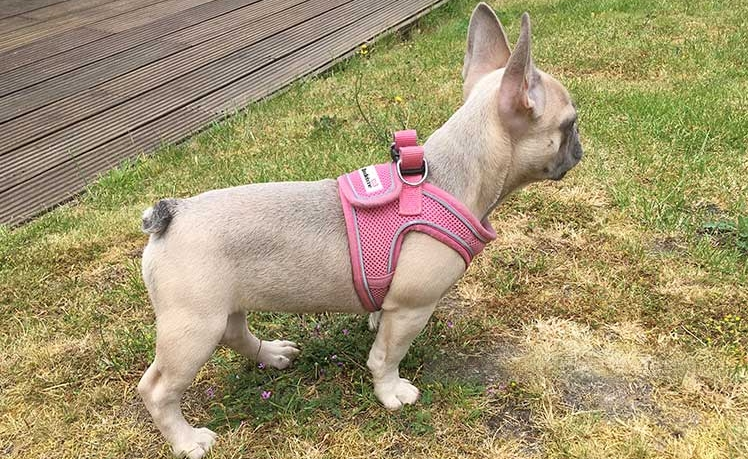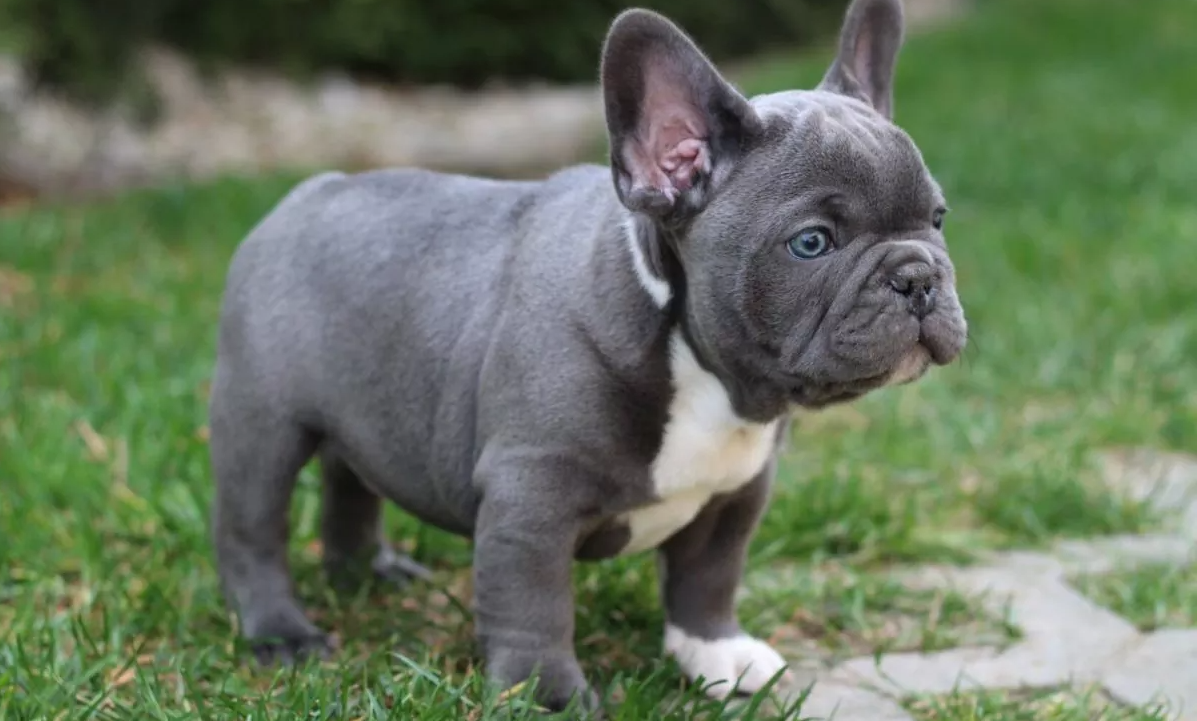French Bulldogs are one of the most beloved dog breeds in the world. They are known for their distinctive appearance, playful personalities, and affectionate nature. The classic query that has lingered in the minds of many French Bulldog fanatics is: do these pets have tails or not? This question may sound straightforward, but it’s far more intricate. In this article, we will investigate the enigmatic history behind French Bulldogs’ tails, examine the argument concerning tail docking, and evaluate possible ethical choices for breeders and caretakers alike.
The Debate About French Bulldog Tails
The practice of tail docking is the cause of the debate surrounding French Bulldog tails. Dogs’ tails can be docked for aesthetic or functional purposes. Tail docking is prohibited in many nations as it is considered animal cruelty. Nonetheless, tail docking is still widespread in several nations and is frequently carried out for working dogs, such as hunting or herding types, or to meet breed standards.
The debate about tail docking is especially pertinent to French Bulldogs because they are a breed that frequently has their tails docked. Several breeders of French Bulldogs think that tail docking is essential to maintaining breed standards and avoiding problems like “happy tail syndrome,” which causes a dog’s tail to bleed and become infected due to excessive wagging. However, animal welfare proponents contend that tail docking is unneeded, harsh, and can leave dogs with discomfort and long-term health issues.
French Bulldog Tails Through History
The breed’s genesis and French Bulldog tails’ history are intertwined. The French Bulldog is a smaller counterpart of the English Bulldog created in England in the 1800s. Instead of being bred to be working dogs, they were initially intended to be lap dogs and friends, but they quickly gained favor with the upper classes in France and England.
In the beginning, French Bulldogs featured long tails that weren’t docked. Nevertheless, by the early 1900s, tail docking had developed into a trend amongst breeders of this canine variety. Although it’s unclear why such a shift occurred, some speculate that people wished for a smaller and more streamlined look for their puppies, which drove them to dock tails to achieve it.
The French Bulldog Tail’s Genetics
The intricate and fascinating subject of French Bulldog tail genetics is worth exploring. French Bulldogs are brachycephalic dogs, which means they have a compressed respiratory system and a short, flat head. This trait gives French Bulldogs their distinctive appearance but also puts them at risk for health issues like overheating and breathing problems.
The genetics of the distinguishing short tail feature in French Bulldogs is linked to their brachycephalic characteristics. It’s all thanks to the gene that controls tail length in canines, which is referred to as the T-box gene. This specific gene strongly connects with another controlling skull shape and form among dogs, including French Bulldog breeds. Consequently, mutations or alterations within one might affect another, thus impacting both features at once.
French Bulldogs’ Several Tail Variations
French Bulldogs can have a variety of tail shapes and lengths despite the debate around tail docking. Short, curly tails are more common in French Bulldogs than long, straight tails. Depending on the individual French Bulldog, the tail might be completely absent or tiny and stumpy.
French Bulldog tail variations are often hereditary but can also be shaped by the environment and breeding habits. For instance, if a pup is bred from parents with longer tails, they will likely have one too! Moreover, environmental influences such as exercise and diet may influence their tail length or shape.
The Effects of Tail Docking on French Bulldogs’ Health
Breeders, doctors, and animal welfare proponents disagree on the health effects of tail docking in French Bulldogs. While some breeders contend that docking a dog’s tail is vital to avoid wounds and infections like “happy tail syndrome,” others think it is unnecessary and may result in discomfort and long-term health issues.
French Bulldogs, like all dogs, can suffer from painful and potentially dangerous nerve damage if their tails are docked. The tail contains a complex web of nerves and blood vessels that can be damaged when cut or removed. Furthermore, there is an increased risk of infection and bleeding due to improper docking procedures. We must understand the risks involved in tail-docking so that pet owners can make informed decisions about their furry friends’ healthcare needs.
The Laws Regarding Tail Docking in Various Countries
Tail docking is not always permitted in every country. Tail docking is forbidden in many nations, except in most of Europe, Australia, and the United Kingdom. Although tail docking is permitted in certain other nations, such as the US, it frequently falls under particular rules and limitations.
Although tail docking is permitted in some nations, such as Canada, it is nevertheless viewed as animal cruelty, and breeders and owners caught doing it may be subject to fines or other consequences. Breeders and owners must be aware of the laws and regulations in their nation or region because the legalities around tail docking can be complicated.
Ethics for Breeders and Owners of French Bulldogs
The ethical issues that French Bulldog breeders and owners must deal with are intricate and multidimensional. On the one hand, breeders must create healthy, well-adjusted pups devoid of genetic flaws and medical issues. Yet, breeders also must uphold moral principles and advance the welfare of their dogs and the breed as a whole.
Ethical considerations are crucial for French Bulldog owners. Dog owners are responsible for ensuring their pet’s physical and emotional well-being. It requires providing the right nutrition, ample exercise, proper veterinary treatment, and avoiding practices such as tail docking that may cause discomfort to the animal. With these steps taken, your pup will be in top condition.
How to Take Care of a French Bulldog’s Tail
Owning a French Bulldog comes with the responsibility of caring for their unique tails. To ensure your pup’s tail remains healthy, here are some tips to follow:
Keep it dry and clean – this will reduce infections while keeping them comfortable. Handle carefully and avoid yanking or tugging on its tail as this can be painful for them. Additionally, look out for signs that there may be an infection developing such as redness or irritation around the area which could indicate a problem needing further attention from your vet. With these basics in mind, you’re one step closer to providing optimal care for your beloved Frenchie. To avoid infection and irritation, you may also need to clean the folds near the base of your dog’s tail if it is short or curly.
Conclusion
Finally, the genetics and history of French Bulldog tails are fascinating and intricate subjects. Even though tail docking has been a contentious technique for a long time, breeders and owners must comprehend this procedure’s moral and legal ramifications. Also, owners may contribute to their dogs’ well-being and happiness by learning how to care for a French Bulldog’s tail. One thing is for sure: these lovely dogs will win your heart whether your French Bulldog has a long tail, a short tail, or none at all.



